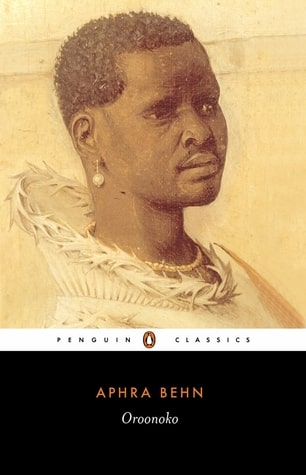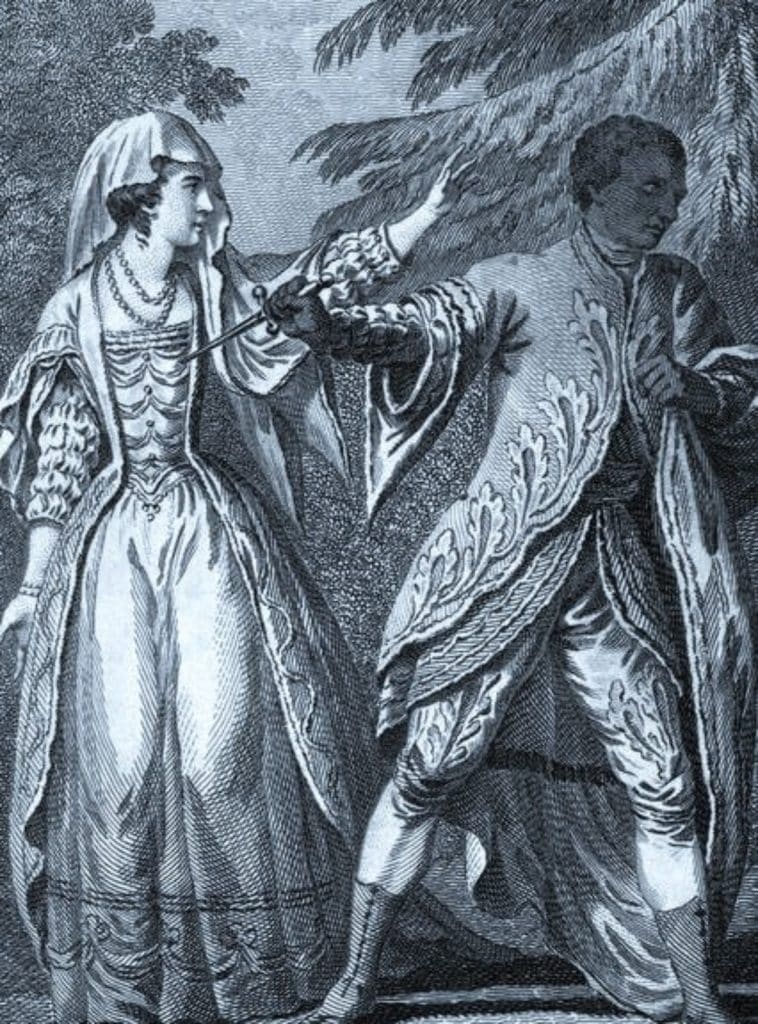Although the book was not familiar during the lifetime of Behn, currently Oroonoko of the year 1668 is among the broad read books of Aphra Behn and most respected work. Oroonoko, also known as a loyal slave, remains critical as it impacted the English novel development, establishing females’ narrative voice and handling anti-colonial and abolitionist themes. It created the noble savage figure, was promoted later on, and became famous Jean-Jacques Rousseau, a French philosopher.
However, most scholars have argued that the work should be recognized as the first English novel, and the regards go to Daniel Defoe. Moreover, other authors emphasize that Oroonoko should have the considerations since it was written in the form of the novel and is somehow long to be not considered. However, the narration of Oroonoko by Behn has dramatically impacted the British novel development. Besides, authors further find it hard to decide whether Oroonoko’s narrator is meant to represent Aphra Behn and determine whether the story is intended to narrate the truth; thus, there is a need to analyze the book critically.
The Chronicle of Oroonoko is the narration of African prince Oroonoko and Imoinda, his beloved wife, who was held captive by the British colony and imported as slaves to Surinam. The story is set in the south of America’s northern coast in the year 1640, as had the English given up their powers to the Dutch colony (Gale, 2016). However, the unknown storyteller, a young English woman, lives on Parham’s plantation, waiting to travel back to England.
She is the new deputy governor’s daughter who lost his life during the family’s voyage to assume his new post. Moreover, the narrator can meet and be friends with prince Oroonoko and Imoinda, his lovely wife. Besides, the narrators offer great details of the inhabitants and colony and provide excellent information concerning the author and accounts of narration from the first and third-person accounts.
Moreover, before making the main character known in the narration, the storyteller also offers excellent information on the colony and the native’s anthropological considerations that are traded with the British. Also, those who are perceived by the storyteller to be innocent, just as Adam and Eve were in “the first innocence state before man knew how to sin (Richards, 2013).”
Behn started authoring narrative fiction rather than plays in the year 1682. Her reputation was affected after her arrest for writing in contradiction of the Duke of Monmouth, the illegitimate son of Charles. The latter demanded the throne (Richards, 2013). The narration of Oroonoko manifestly is based on the experiences of Behn as a young lady residing in Surinam. The story is authored in the first and third person narration, and its flow is not strict and does not consider the order of chronology.
However, the story starts with the first-person’s consideration by the narrator of Surinam among the British colony and with its native people description (Richards, 2013). According to the narrator, the British cannot enslave people due to their massive numbers rather than be enslaved in the land, and thus the colony has to transport more labor from Africa to their working stations.
The narrator then changes to the narration of the third person, where the location changes to Coramantien, the Ghana of today on the west African Coast, where the local life is perceived and meets the main character, the young Prince Oroonoko. The main character has experienced slavery and importation to Surinam British colony (Gale, 2016). The story changes to Surinam and transforms again to the narration of the first-person account. The protagonist is not on the scene, where the firsthand narration from the people who witnessed the slavery is heard. In the meantime, the British colony reached the area of Coramantien to exchange for the captives of war who Oroonoko sold as slaves (Beach, 2016).
The captain welcomes the Prince and his drive as guests on his vessel but then takes them enslaved. Afterward, Oroonoko is promised freedom after failing to bring food, but he does not consider keeping the promise. When the ship reaches the area of Surinam, Oroonoko is exchanged for the mild-mannered and Parham plantation amusing overseer who becomes friends with him (Beach, 2016). However, due to the tremendous social class, high education, and remarkable physical appearance, Oroonoko is not considered to work on the sugar plantation and lives away from the rest of the enslaved people in the plantation house.
The final story section is about the revolt of Oroonoko and the Prince’s terrible death, Oroonoko. He depicts his readiness to die instead of just facing the slavery process. Thus, it is among the earliest noble savage shows of British literature where an innocent person and perfect grace over in contradiction to the contemporary city’s dwellers.
Oroonoko is noteworthy for its revolutionary slavery horrors depiction, and it has come to be considered among the first tracts of abolitionists in literature (Gale, 2016). After Oroonoko incites the slaves of the sugar plantation to rebellion, they are hunted down by the deputy governor of the Island and surrender. Although the promises of the governor, Oroonoko is beaten brutally to the extend that his body stripped and pepper emptied into his wounds. The hopeless Oroonoko apprehends that he will never have his freedom, and his baby will also be born in imprisonment.
He experiences compellation to consider his beloved wife’s life, Imoinda, in focus to regain his lost recognition, who is already having a baby she could not provide for a while as an enslaved person. He further tells his wife that he has decided to kill Imoinda, get vengeance on Byam, and then terminate his life. She appreciates Oroonoko, her husband, for giving her a chance to have a dignified death and then kills her with a knife by cutting her throat and chopping off her face.
But it makes him bow down with sorrow and cannot establish sufficient energy to go after Byam (Gale, 2016). Being in a depression state, Oroonoko waits for the men of Byam to come to the site where they plan to terminate him. In the end, He positions himself stoically smoking his pipe as his nose, ears, and one leg are chopped off and dies (Gale, 2016). His unpleasant death by disintegration is beyond description despite offering services to the abolitionist movement.


